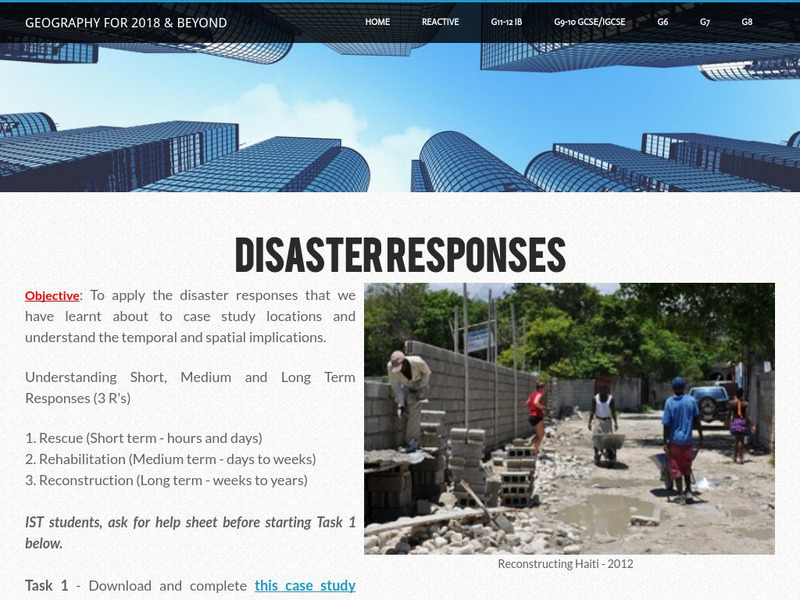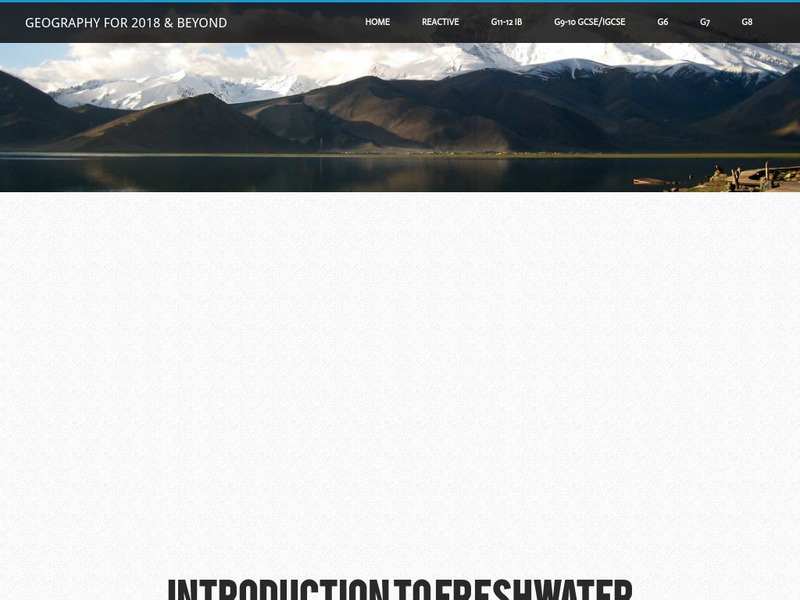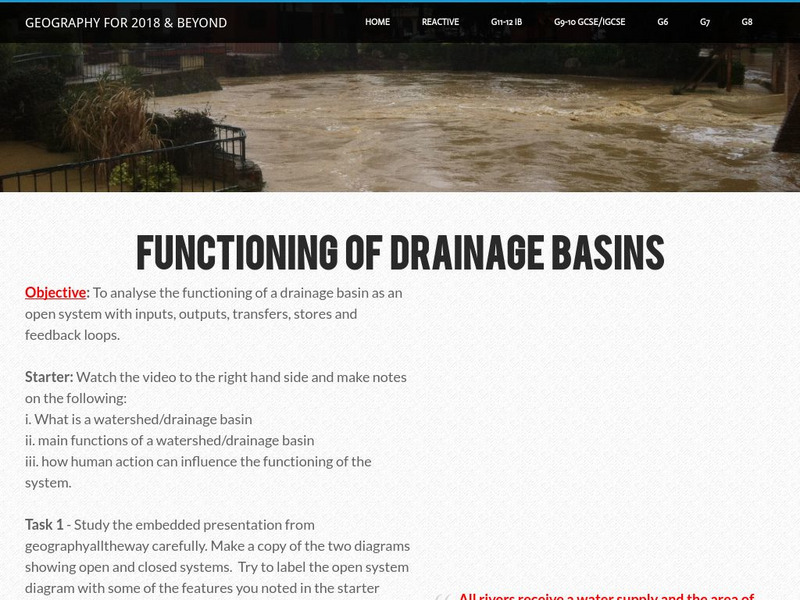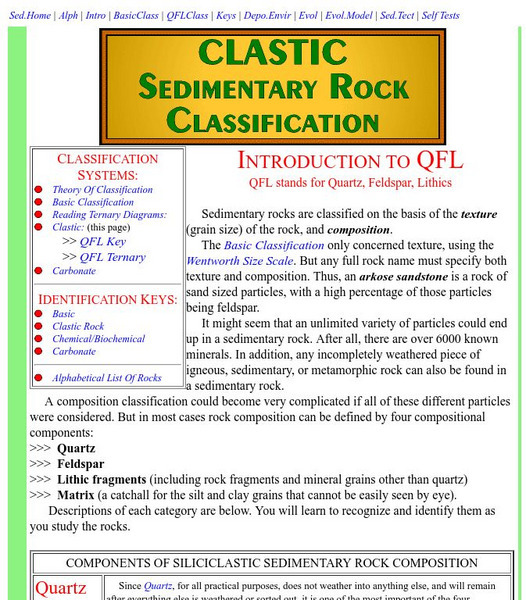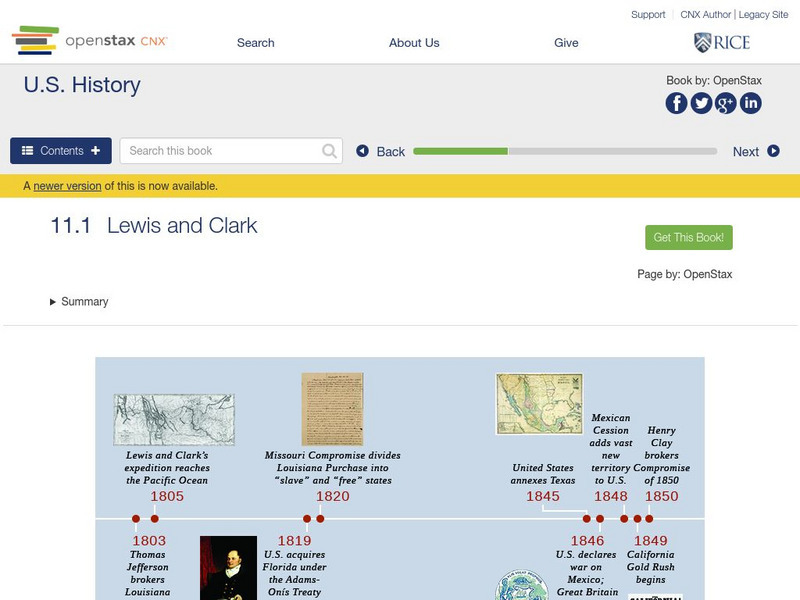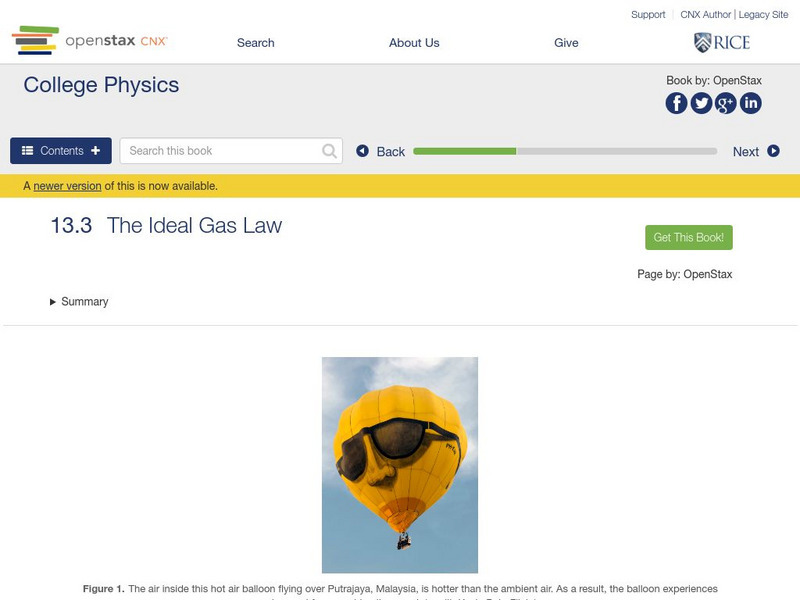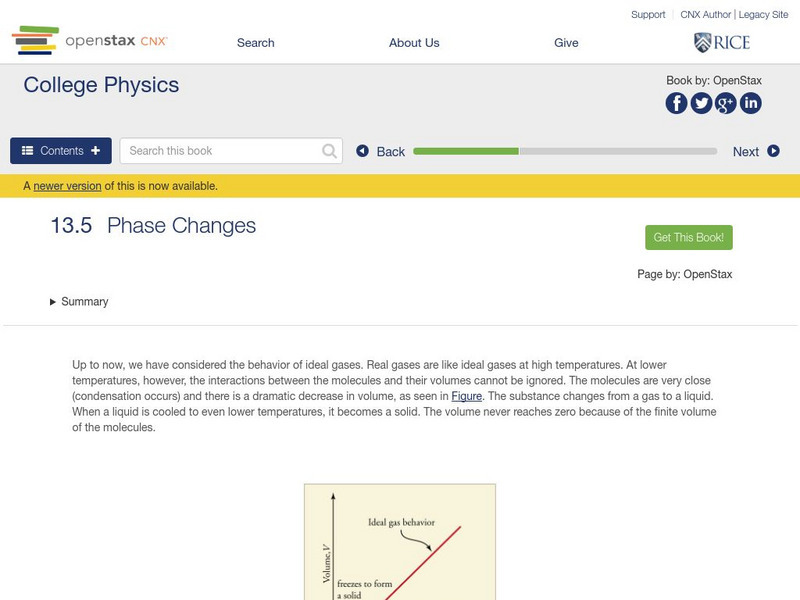Geographypods
Geographypods: Patterns and Change: Disparities in Wealth and Development
This collection of four learning modules looks at issues related to the unequal distribution of wealth and economic development. Examines how this is measured and presents student video assignments on this topic, followed by a discussion...
Geographypods
Geographypods: Hazards and Risk Management: Hazards and Disasters
This learning module looks at hazards and disasters. It explains the difference between them, looks at examples, and discusses future trends. Includes handouts, slideshows, activities, and videos.
Geographypods
Geographypods: Hazards and Risk Management: Drought
This learning module looks at droughts. It examines their characteristics and distribution, how they are measured, their causes, how they can be predicted, and their frequency in Africa. Includes handouts, maps, activities, and videos.
Geographypods
Geographypods: Hazards and Risk Management: Vulnerability
This learning module examines people's vulnerability to hazards and disasters. It looks at the reasons people live in hazard-prone areas, what factors affect their vulnerability, and what vulnerability looks like in different types of...
Geographypods
Geographypods: Hazards and Risk Management: Adjustments and Responses
In this learning module, students learn about disaster responses, the three types (short, medium, and long-term) and the different levels of response (local, national, and international). They examine the responses in various case...
Geographypods
Geographypods: Global Interactions: Measuring Global Interactions
This learning module examines what globalization is and how it affects different regions of the world. It looks at different aspects of globalization, including global interactions through technology. Includes student tasks, videos,...
Geographypods
Geographypods: Global Interactions: Changing Space the Shrinking World
This learning module examines how the world has become smaller as time and space have converged. Transportation is much faster, making places more accessible, goods can be more quickly and easily transported, and the Internet connects...
Geographypods
Geographypods: Global Interactions: Economic Interactions and Flows
This learning module examines how money travels around the world between more developed and less developed nations, and the various forms it takes. Includes slideshows, student tasks, videos, maps, charts, and case studies, including one...
Geographypods
Geographypods: Freshwater: Issues and Conflicts: The Water System
This learning module examines the Earth's stores of fresh water and how the balance between stores of water in the oceans and in ice is changing. Students then investigate how a maximum sustainable amount of freshwater can be achieved by...
Geographypods
Geographypods: Freshwater: Issues and Conflicts: Drainage Basins and Flooding
In this learning module, students learn how a watershed or drainage basin functions and the impact of human activities on them. Also covers groundwater, stream discharge, hydrographs, and the 2010 floods in Pakistan. Includes rich...
James Madison University
James Madison University: Clastic Sedimentary Rock Classification
An upper-level explanation of clastic sedimentary rock classification. Charts, diagrams, and review questions are included. Be sure to click on the PDF Clastic Identification key.
OpenStax
Open Stax: How Much Revolutionary Change?
This section of a chapter on "Creating Republican Governments" describes the status of women and nonwhites in the new republic.
OpenStax
Open Stax: Lewis and Clark
By reading this section of a chapter on "Westward Expansion," students will be able to explain the significance of the Louisiana Purchase and describe the terms of the Adams-Onis Treaty and the role played by the filibuster in American...
OpenStax
Open Stax: Forces and Torques in Muscles and Joints
From a chapter on Statics and Torque in a Physics textbook. This section of the chapter provides an in-depth discussion of forces and torque in the human body. We learn about muscular force, the importance of posture in preventing back...
OpenStax
Open Stax: English Settlements in America
Read about the first English settlements in America, the differences between the Chesapeake Bay colonies and the New England colonies, the wars between native inhabitants and English colonists, and the role of Bacon's Rebellion in the...
OpenStax
Open Stax: Disaffection: The First Continental Congress and American Identity
By reading this section from a chapter on "Imperial Reforms and Colonial Protests," students will be able to describe the state of affairs between the colonies and the home government in 1774 and explain the purpose and results of the...
OpenStax
Open Stax: Common Sense: From Monarchy to an American Republic
After reading this section from a chapter on "Creating Republican Governments," students will be able to compare and contrast monarchy and republican government and describe the tenets of republicanism.
OpenStax
Open Stax: Debating Democracy
By the end of this section of a chapter on "Creating Republican Governments," students will be able to explain the development of state constitutions, describe the features of the Articles of Confederation, and analyze the causes and...
OpenStax
Open Stax: Collisions of Extended Bodies in Two Dimensions
From a chapter on Rotational Motion and Angular Momentum in a Physics textbook. This section of the chapter examines collisions of rotating objects in two dimensions and what happens at the point of collision. Includes examples,...
OpenStax
Open Stax: Density
From a chapter on Fluid Statics in a Physics textbook. This section of the chapter defines density, explains how to use a known density to find the mass of a substance, and compares different densities. Includes examples, questions,...
OpenStax
Open Stax: College Physics: The Ideal Gas Law
A section in a college textbook exploring the ideal gas law in relation to molecules and in terms of moles. Learn how to calculate the variables in the ideal gas law. Also become familiar with Avogadro's number and how to use it to...
OpenStax
Open Stax: College Physics: Phase Changes
Learn about the phases of matter in this section of a college textbook. Section defines the phases of matter and discusses how to interpret a phase diagram. Also explored is partial pressures and Dalton's Law. Section also includes...
OpenStax
Open Stax: College Physics: Humidity, Evaporation, and Boiling
A college textbook section that explores vapor pressure, relative humidity, and dew point. Section reviews how to calculate values like percent relative humidity. Section also includes problems and questions for the students to answer to...
OpenStax
Open Stax: A New Political Style: From John Quincy Adams to Andrew Jackson
By reading this section of a chapter on "Jacksonian Democracy," students will be able to explain and illustrate the new style of American politics in the 1820s, describe the policies of John Quincy Adams's presidency and explain the...




